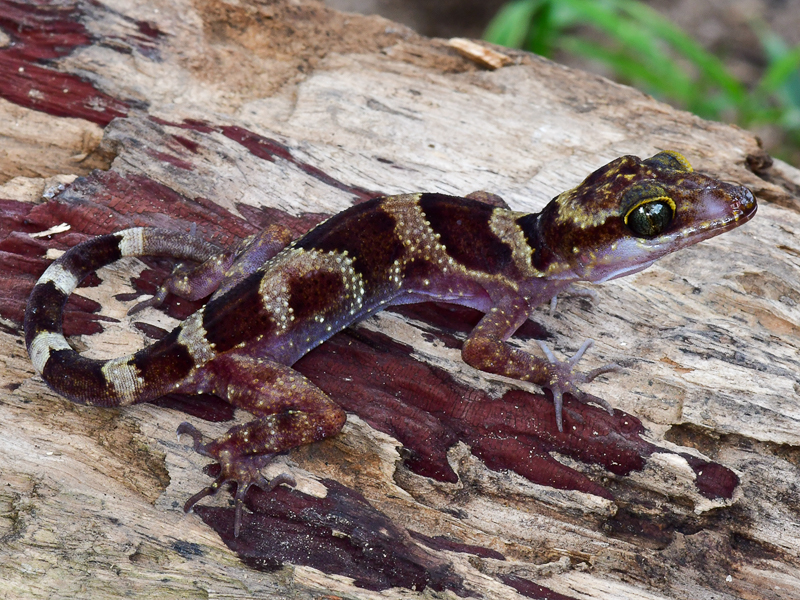
A Guide for Camping in Your Backyard!
April 24, 2020
Recently, a colleague of ours lamented that every time she starts to sit at her computer, her young daughter begins to cry. Our constantly divided attention between work and home seems to frustrate even the most even-keeled among us! Maybe it’s time to unplug and give our complete attention to our families. While we can’t… Read More >

Earth Week Opportunities
April 18, 2020
LIVE Talks & Events Schedule Day/Date Time Title Where? Best For Mon Apr 20 noon Talk: Climate Change in NC YouTube LIVE Teens, Adults Mon Apr 20 2:30pm Citizen Science Adventure: Lost Ladybug Launch Facebook Teens, Adults, Educators Tue Apr 21 11am City Nature Challenge: Intro to iNaturalist Facebook + Zoom Teens, Adults, Educators Tue… Read More >

Play along with Virtual Trivia Tuesdays!
April 17, 2020
✨ Register for interactive Virtual Trivia Tuesdays! This is a great opportunity to virtually mingle with friends, compete for bragging rights and perhaps even learn something cool. Questions feature a mix of science facts, current news, pop culture and scientific discoveries. REGISTER IN THIS LINK TO PLAY APRIL 28 INSTRUCTIONS FOR PARTICIPATION: After you register,… Read More >

Science at Home! An Eggs-celent Adventure
April 16, 2020
Are you looking for something to do to keep your brain active and engaged? We’re here to help with Science at Home! Over the next few weeks, we’ll be providing you with fun science experiments you can conduct using commonly found items. You can also visit us at the Museum’s Science at Home page for additional… Read More >

Scientists discover bent-toed gecko species in Cambodia
April 13, 2020
A new species of bent-toed gecko (Cyrtodactylus phnomchiensis) has been described from Cambodia’s Prey Lang Wildlife Sanctuary by Wild Earth Allies Biologist Thy Neang in collaboration with North Carolina Museum of Natural Sciences’ Herpetologist Bryan Stuart. Photo: Thy Neang. Click photo to enlarge. A new species of bent-toed gecko (Cyrtodactylus phnomchiensis) has been described from… Read More >

